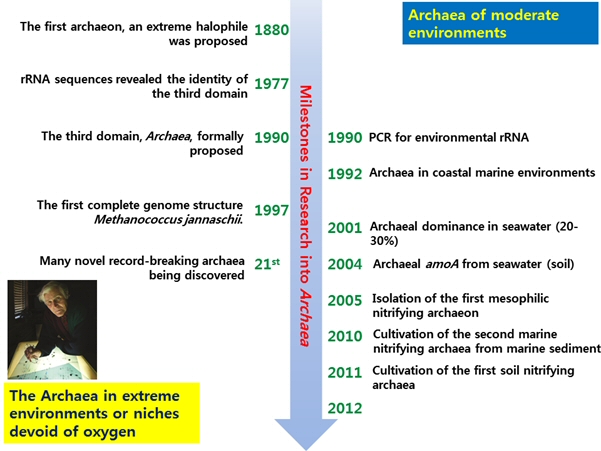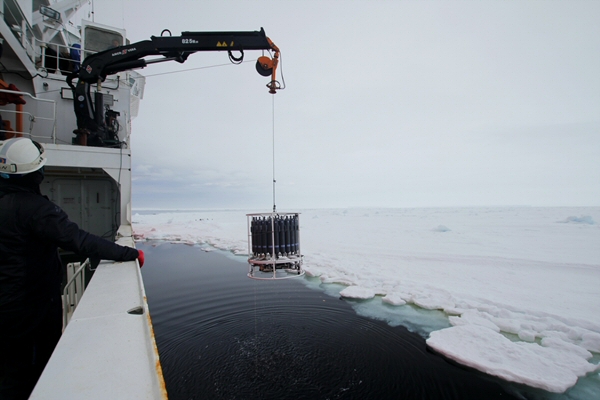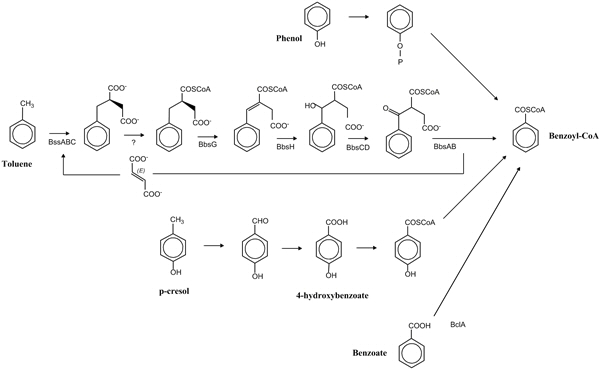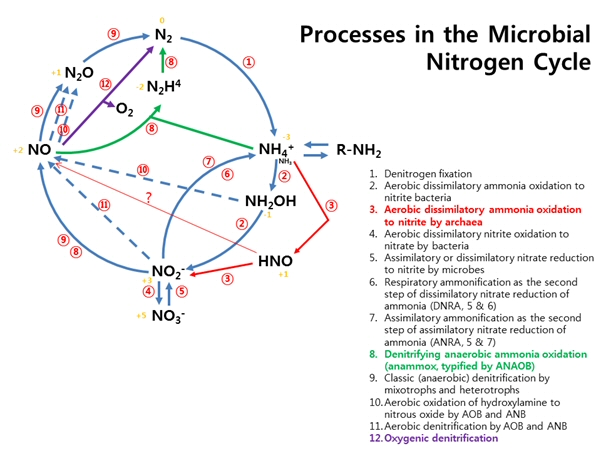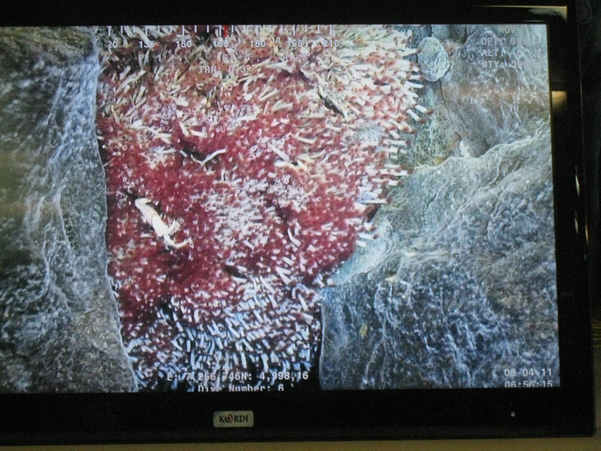|
Our research interests encompass many aspects of biogeochemical processes mediated by archaea, particularly focusing on cultivation and characterizing uncultivated archaea involved in nitrogen and carbon cycles. We have been trying to enrich and identify recalcitrant microbes: 1) Ammonia-oxidizing Thaumarchaeota from terrestrial and marine environments. 2) Anaerobic crenarchaeota (MBGB, MCG etc.,) in sediment environments. 3) Anaerobic microorganisms involved in degradation processes of aromatic compounds and methane oxidation. 4) Archaea in hydrothermal vents or deep biosphere. 5) Dominant psychrophilic bacteria in Amundsen Sea, Antarctica.One of the most important things for cultivating recalcitrant microbes is to ravel complicated microbe-microbe interactions which interlock guilds of microbial community. Holistic view of microbial communities is essential for understanding microbe-microbe interactions. To reveal processes occurred through population interactions, we are employing various genomics tools such as metagenome sequencing, environmental microarray, meta-proteomics, and meta-metabolomics as well as enrichment and cultivation approaches. |
|
|
Proposal of domain Archaea and discovery of archaea in moderate environments |
Rosette sampling for psychrophiles involved in carbon remineralization in polynya |
|
Bioremediation of aromatic hydrocarbons by iron-reducing bacteria in tidal flat |
Archaeal ammonia oxidation is newly added in nitrogen cycle |
|
Microbial communities around hydrotheral vents in Tonga |
Ammonia-oxidizing thaumarchaeal strain MY1 (Ca. "Nitrosoarchaeum koreensis")cultivated from soil environments
|
